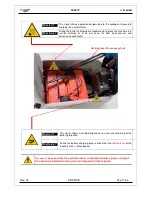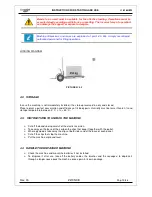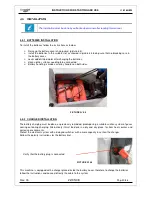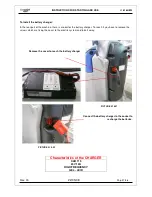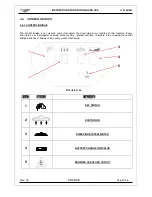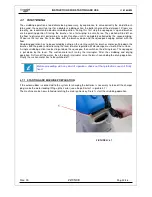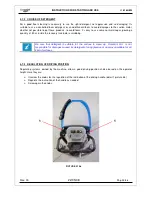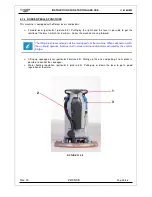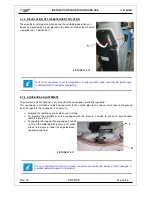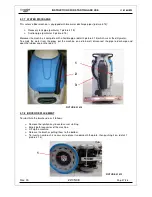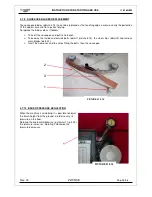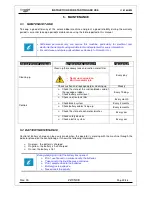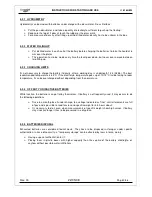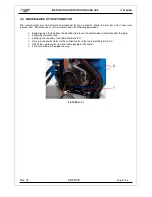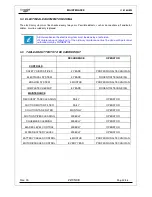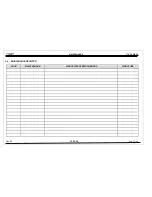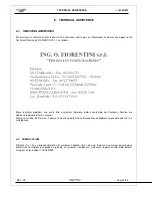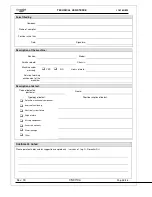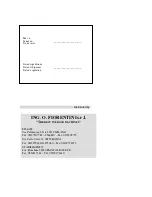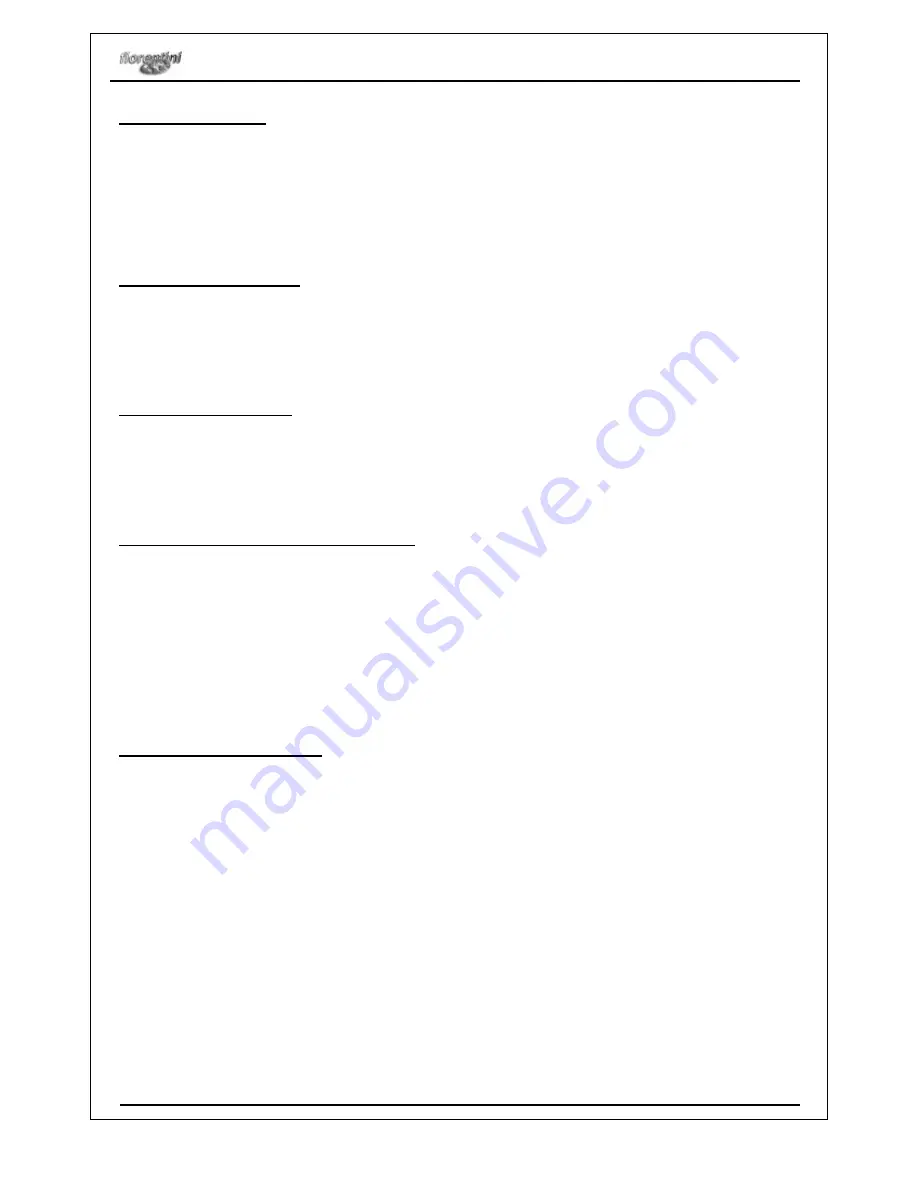
INSTRUCTIONS FOR STARTING AND USE
I 16/18 NEW
Rev. 00
22/05/08
Pag. 30/36
5.2.1 HYDROMETRY
Hydrometry can be made with batteries under charge with a densimeter. Do as it follows :
Put the gun densimeter and take a quantity of electrolyte sufficient to push up the floating;
Keep care the top of it doesn’t touch the rubber or the glass walls.
For a measure of density, after filling up with distilled water, density has to be uniform in the box.
5.2.2 WATER FILLING UP
Put distilled water in each cell of the battery before charging the batteries to take the liquid at 6
mm over the plates.
This operation has to be made every time the level goes down, but never over a week between
two filling up.
5.2.3 CHARGING LIMITS
It’s not necessary to charge the battery if density, after a working day, is underneath 1,24 (28 Bè). The best
recommended temperature is 45°C. If the electrolyte temperature goes up of 10/12°C inside facing to room
temperature, it can be overcharged without depending from the normal use.
5.2.4 OFF DUTY OR INACTIVE BATTERIES
While inactive, the batteries can go flat by themselves. If battery is not frequently used, it may occurs to do
the following operations:
Once in a month place it under charge, to a voltage indicated as “final”, until all elements are full
of gas and is possible to read tension and specific weight for 3-4 hours about ;
It’s necessary to do it even when measurements of specific weight show high values. If battery
stays inactive longer it has to be preserved in a dry place.
5.2.5 BATTERIES DISPOSAL
Exhausted batteries are considered toxical waste. They have to be disposed in storages under specific
authorization. In case of necessity, a “ temporary storage” can be effected, by laws in force, mainly :
Having a special authorization for it ;
Placing them in plastic boxes with higher capacity than the volume of the battery electrolyte, or
anyhow without possible water infiltrations.


